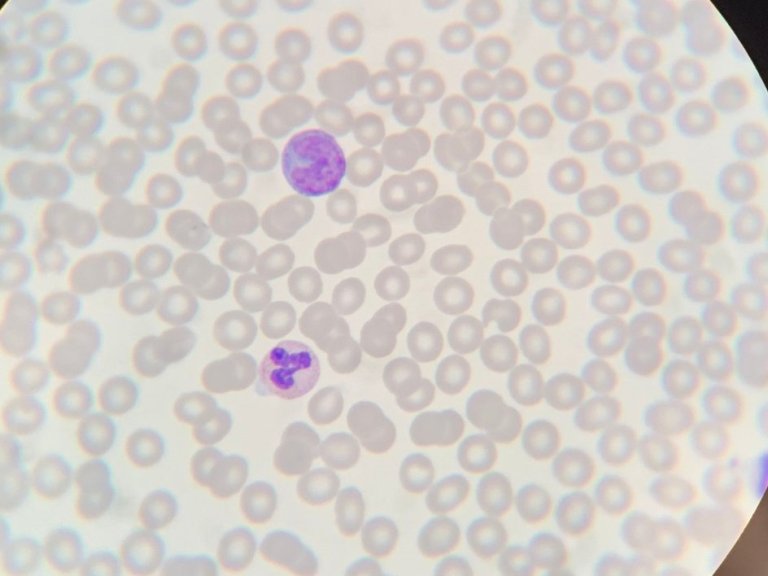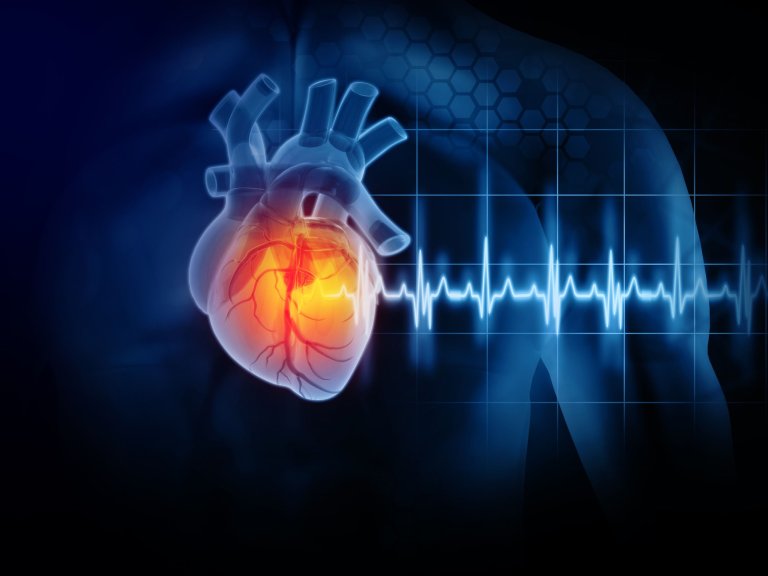Medstone and Amsterdam UMC are joining forces in an ambitious research project, searching for better treatment options for patients with brain cancer. Various specialists are working together in this collaboration - from neuro-oncologist to PhD student and data scientist. We asked six of them about the motivation for this multidisciplinary project and the goals they will be working towards during the coming four years.
This project, titled ‘The Toxicity Atlas’, will focus on mapping the side effects of treatments for patients with brain cancer. The project (1 million euros) is supported by a Health Holland grant in collaboration with the company Medstone. Unique about this research is the way it uses artificial intelligence. “
By using artificial intelligence, we can look for nuances in the effect of a treatment. Those nuances are important because just like how every patient has a unique profile, the optimal treatment does too” - Bart Westerman
By using artificial intelligence, we can look for nuances in the effect of a treatment. Those nuances are important because just like how every patient has a unique profile, the optimal treatment does too” says Bart Westerman, associate professor at fAmsterdam UMC's Brain Tumor Center. He is the initiator and project leader of this research project and is currently researching treatment options for patients with brain tumors
Brain tumors
The focus lies on glioblastoma, a very aggressive type of brain cancer. Glioblastoma is very difficult to treat because of the capricious way it is intertwined with the healthy brain tissue, making it nearly impossible to operatively remove the tumor without damaging the healthy tissue. The brain is also very well protected by the brain-blood barrier, which makes it difficult for the drugs to reach the tumor.
“It’s important to research the treatment options for glioblastoma, because this type of brain cancer has seen virtually no improvement in terms of life expectancy in the last decades" - Silvia Scoarta
"Only fifty percent of the patients are still alive fifteen months after diagnosis,” says Silvia Scoarta, PhD student within this project. In the next four years, she will be doing a large part of the research. Scoarta previously worked as a resident in the department of neurology, where she worked with patients with glioblastoma. She saw how this diagnosis can turn a patient’s life upside down. “Oftentimes it begins with light symptoms without an evident cause, such as an epileptic seizure or headaches. But it can all go south very suddenly. I have seen the patient’s side of this disease, which makes me determined to try and find a better treatment. I feel very committed to contributing to this project, hoping we will find better ways to treat patients in the future.” says Silvia Scoarta, PhD student Medicine .
Combining existing therapies
This research project focuses on finding a way to treat this type of brain cancer, with a better prognosis for the patient. This will be done by looking into combining existing therapies. By combining several existing medicines, a synergistic effect is hoped to be found.
“We are specifically looking at the toxicity of medicines. It is important that a treatment is effective in fighting the tumor, but we should also be looking at the negative side effects for the patient" says Mathilde Kouwenhoven, neurologist and clinical pharmacologist registrar at the Brain Tumor Center of Amsterdam UMC. In her clinical research, she is focussing on database research, meaning she is mapping the various characteristics of patients who develop toxicity with the current treatment (chemoradiation and temozolomide). This data is then used for a toxicity prediction model, the Toxicity Atlas. As a neurologist, Kouwenhoven works a lot with the patients themselves
“We are really looking at the whole picture: the patient’s characteristics, the burden of the treatment, and what the patient may expect from the treatment" says Kouwenhoven. “We have been using the same treatment for years. A patient first undergoes surgery in order to remove as much of the tumor as possible, followed by radiation therapy to kill more of the cancer cells.
Better prognosis, and prediction of side-effects
Since 2005, chemotherapy has been added to this. This has resulted in more negative side effects for the patient, but only a very slight improvement of prognosis (only two to three months more compared to only surgery and radiation). On top of that, patients tend to develop drug resistance. What we would like to do is find out if combining medicines can result in a better prognosis, and create a model for predicting the effectiveness and toxicity of specific medicine combinations for the patient.”
The power of this project lies in the collaboration between all parties" - Mathilde Kouwenhoven.
says Kouwenhoven. “Treating tumors is a multidisciplinary matter, involving medical oncology, neurosurgery, radiotherapy, and many others. It’s great to see the collaboration between clinic and laboratory research in this project. Artificial IntelligenceFor mapping the whole picture of a patient’s treatment, the researchers use clinical data. From patient files, for example, where you can find how a patient reacts to their treatment. Or from public databases, where millions of side effects have been registered and linked to published research reports. This data is then used to make predictions about medicine combinations. “Are we able to use the knowledge we have about medicines, from patient files and research results, to predict how effective and how toxic a combination of medicines will be?” Westerman has already taken the first steps towards developing a prediction model.
Use Artificial Intelligence model
“What we see is that a lot of combinations show a sum of its parts in terms of toxicity. Which is good, because it gives us the ability to estimate the eventual effect of the treatment. But it turns out that in order to predict that eventual effect, nuances are needed. Those nuances tend to get lost in the current situation, because we are focussing too much on the differences.” That is why in this project, artificial intelligence is used. “We hope to better be able to map exactly those nuances by using artificial intelligence. We can then make a better estimate of the optimal dose-response. Next to this approach for predicting effects, Medstone developed an artificial intelligence model for the automatic selection and analysis of (scientific) texts.
Marianne Pouwer is the lead of team Science within Medstone and co-supervisor within this project. In the past years, she and her team have been working on developing the Medstone model. Pouwer: “I came across an article in the newspaper about Bart [Westerman], when he had just published the results of the Drug Atlas. That was when I thought: wow, he had to process so much data manually, there’s a better way to do this! After I contacted him, his response was immediately enthusiastic. We both want to contribute to a better treatment and prognosis.”
That was when I thought: wow, he had to process so much data manually, there’s a better way to do this! After I contacted him, his response was immediately enthusiastic. We both want to contribute to a better treatment and prognosis.” - Marianne Pouwer
Medstone’s AI model is now being used in this project to extract important information from scientific publications. “For now, that mostly means that we are training the model, so it can optimally perform in analysing the glioblastoma data. After the training is done, we will be integrating a larger database of existing information.”
Better treatment options
Hopefully, all of that analysed data can be used in the future to help patients, by tailoring the treatment better to the individual patient. Imke Bartelink is a hospital pharmacist and together with her colleagues, she is involved in this project. Each of them has their own specialisation, but they are all involved in composing protocols for medicine doses. Bartelink: “The treatment of glioblastoma follows certain treatment guidelines, which are then included in protocols. In these protocols, we include the medicine combinations and doses that can be prescribed to a patient. A doctor prescribes the medicines, but we as pharmacists are involved in writing and checking the protocols, determining the doses, and preparing the medication.”Normally, chemotherapy doses are based on a patient's size, but these protocols cannot be tailored to individual patients. This project focuses on exactly those nuances, in patients and treatments, and will hopefully provide better treatment options for the future.
By getting a better grasp of how medicines work together and which toxicities come with it, we will hopefully be able to provide more precise doses for the individual patient. That way, we can keep the side effects to a minimum” - Ymke Bartelink.
Access to all of this information also benefits doctors, says Westerman:
Within neurology, there currently is only a limited amount of information available about toxicity. We are trying to bridge that gap, for easier decision-making and to provide a framework for the future. We hope to work towards that goal with our AI model" - Bart Westerman.
Within neurology, there currently is only a limited amount of information available about toxicity. We are trying to bridge that gap, for easier decision-making and to provide a framework for the future. We hope to work towards that goal with our AI model.” says Bart Westerman. How that is going to look exactly, is still uncertain. But there are some ideas about the possible outcome: “Every patient has a unique profile, influenced by things such as another disease, or previous medication. In case of a complication within the treatment, it may be possible that more medicines are described. That’s exactly where this project may come in, making it easier to predict whether the new treatment is going to give a lot of toxicity. This project will primarily offer a proof-of-concept, where we want to show that it’s useful for patients to develop and train such a model,” Westerman says. Scoarta continues: “It would be great if we could develop some kind of proof-of-concept software, which can later be used in practice. Our goal is to integrate the models with the data we have now. I think that would be very valuable. It would be a great bridge between pre-clinical research and clinical practice.
Bringing a variety of things together.
Hanneke van Laarhoven is supervisor for this project, and internist oncologist and head of medical oncology at Amsterdam UMC. “The power of this project is that we are bringing a variety of things together. Firstly, there is a lot of information extracted from articles that we couldn’t extract very easily before, because of the way they were integrated into the text. It’s very valuable to have that data and information when we are making the prediction models. Secondly, we are trying to predict when toxicity appears. We often focus on survival, and even though that is very important, we must not forget to look at the side effects of a treatment. These play a large role in the quality of life - and interestingly enough, quality of life can often be linked to the chance of survival. Furthermore, if medicines cause a lot of side effects, it’s hard to administer them according to the initial treatment plan, which then has a negative effect on the effectiveness of the treatment. The collaboration between information from the literature and the specific mapping of toxicity is what is unique about this project.
The power of this project is that we are bringing a variety of things together" - Hanneke van Laarhoven.
Want to know more about Medstone? Continue reading at www.medstone.nl
Source text by Medstone




